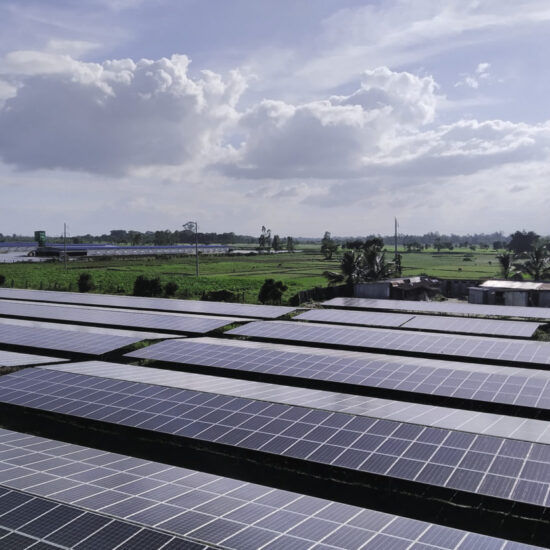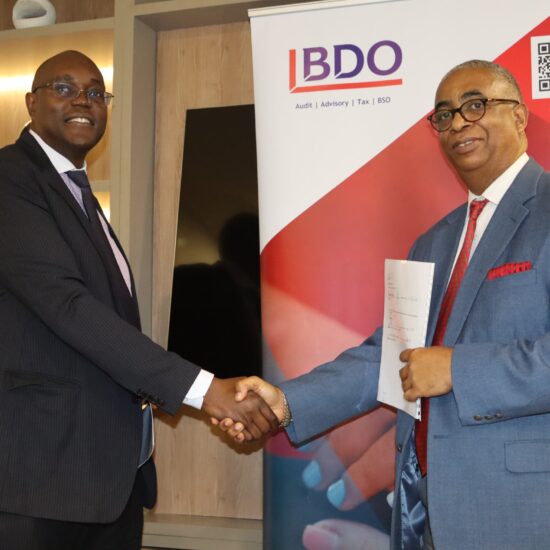
OP-Ed by Stuart Lisulo
GOVERNMENT proposes to spend an unprecedented K173 billion national budget expected to be passed and implemented from January next year.
Among the key measures proposed by the UPND administration will include new expenditure of a staggering K350 million for Small to Medium Enterprises (SMEs) as empowerment funds; a monumental increment of the Constituency Development Fund (CDF) from K1.6 million to K25.7 million, signalling an acceleration of the decentralisation programme and increased expenditure in both the health and education sectors.
Government will also recruit 30,000 teachers and around 11,000 healthcare personnel next year, partly financed by the International Monetary Fund (IMF) US $1.3 billion Special Drawing Rights (SDR) made available in August, this year.
However, government’s proposed expenditure on servicing external and domestic debt repayments alone is a staggering K78,680,141,674, or around US $4.5 billion, almost half of the entire budgetary expenditure.
According to next year’s available resource envelope, government proposes to raise a cumulative total of around K74.4 billion as both domestic and foreign debt to finance year’s budget, representing around 29 per cent of the total budget.
Reliance on debt to finance next year’s budget has, therefore, increased to K74.4 billion from K53.6 billion contracted in this year’s budget.
While the UPND ‘New Dawn’ government can boast of already having access to the SDR made available by the Fund, with another similar amount for Balance of Payments (BoP) support expected to go into reserves by early next year, implementing this debt-financed budget will be the toughest test for this new government.
Speaking during a ZiCA 2022 post-budget analysis dinner at Mulungushi International Conference Centre (MICC) recently, Finance Minister, Dr. Situmbeko Musokotwane, told stakeholders thatZambia’s economic recovery needed “dramatic” measures to kick-start the ailing economy, even amid high debt servicing.
“…But at the same time, you want to do something dramatic on economic growth that will generate more revenues because in a sense, this debt problem that we have of US $13 billion, if the economy is big, US $13 billion is nothing. So, therefore, as you push debt down, you must also do something to raise the level of the economy so that it can be able to handle the level of debt that you have,” the Minister said in response to questions from participants on how government will stop accumulating debt.
Assuming the available credit does materialise next year, there is the danger of crowding out the private sector, which presents serious problems for credit availability for small businesses. For instance, a quick glance at the 2022 budget speech reveals that while government is committing to dismantling domestic arrears of around K3.145 billion, on the other hand, it will pull out around K24.5 billion from the domestic market in local borrowing.
And sceptics argue that foreign credit facilities budgeted for to finance next year’s budget will not be made available annually so how will the budget deficits be covered from January 1, 2023? Assuming projected GDP growth rate of 3.5 per cent next year is realised, will this be sufficient to support Zambia’s heavy debt repayments, especially in view of the looming US $750 million debt repayment, which still needs to be serviced as single, bullet point payment?
Most critics of next year’s Yellow Book are roundly agreed that while it is a progressive budget, implementation will prove to be much harder and will be the first, real tough test that awaits the ‘New Dawn’ administration.







